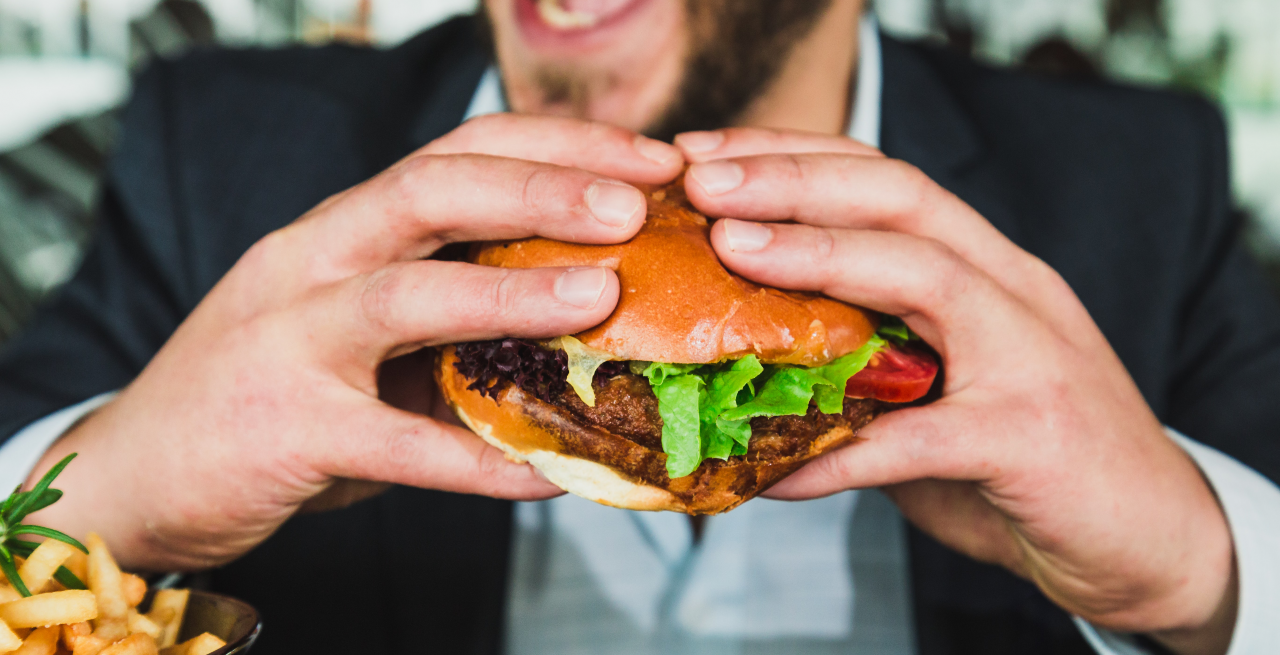Taking a Bite Out of the QSR Market through Effective Advertising
4 Min Read By Lisa Buckler
According to the National Restaurant Association (NRA), U.S. restaurant sales are expected to return to pre-pandemic trajectory and reach $898 billion in 2022. Given that businesses grow by acquiring new customers, many national QSR brands rely heavily on advertising to increase exposure. In 2021, QSR brands spent an estimated $1.8 billion on national television advertisements, and digital spend is also on the rise given the increasing influence of social media platforms like TikTok.
So, what is the recipe for success when it comes to advertising? How do brands know if their media spend is making an impact with diners? QSR brands should understand the unique benefits that high-quality ads deliver and how to develop creative that consumers will crave.
The Brand-Building Benefits of Advertising
There are two types of advertising. Broad-reach or brand-building advertising works through repeated exposure over a longer period of time. It needs to be interesting to those who might not be familiar with the brand and accomplishes this by eliciting an emotional response, ideally happiness.
Meanwhile, sales-activation or performance advertising nudges or reminds people about a brand to encourage a purchase in that moment. Its effects are more immediate and short-term but it will not work very well if a brand hasn’t already invested in brand-building advertising.
A focus on brand-building advertising is important because it:
- Improves brand recall – Brand-building advertising plants a brand in the long-term memory of a broad population. This should increase the chances of the brand leaping to a diner’s mind before any other brand when they’re hungry. Creating mental availability doesn’t happen overnight – brands need to make a long-term investment to build fame.
- Drives market share growth – The fast-food industry is made up of several large competitors and many smaller brands. No matter the size, a brand always wants to gain more market share in order to secure higher profits. Advertising that entertains audiences generates market-share growth over the long term.
- Reduces price sensitivity – Pricing is crucial for profitability. During times of inflation or uncertainty, such as when brands are struggling with supply shortages, rising employee wages and the increasing cost of goods, price increases may need to be passed onto customers. Brand-building advertising helps improve customer loyalty and reduce sensitivity to rising prices.
Cooking Up Commercially Effective Advertising
Whether it’s a new launch or re-release, like Taco Bell’s Mexican Pizza, or all-time fan favorites, like McDonald’s Big Mac®, brands tend to put their tasty creations front and center in advertisements to get mouths watering. There is also a push around convenient features like app ordering and delivery, especially since the onset of the pandemic. But how can brands be sure that their messaging is truly making a mark with audiences?
There are strategies restaurant chains can employ to make their advertising more effective, including:
- Play on emotions – Ads that elicit positive emotions, like surprise and happiness, can better lodge a brand into viewers’ memories. Thus, the best brand-building campaigns use an emotional strategy to make people feel good. The right hemisphere of the brain is more emotionally receptive and can more easily process humor when it is used in advertising. Additionally, research shows that more in-depth storytelling with characters and conversations helps brand achieve higher levels of happiness compared to fast, close-up product shots and voiceovers.
- Leverage fluent devices – Distinctive brand assets include everything from colors to logos to fonts. When a brand asset focuses on the living, like recurring characters or scenarios, this is referred to as a fluent device. Fluent devices are ideal because they speed up processing and entertain audiences. For example, mascots like Burger King’s king, Ronald McDonald or Chick-fil-A’s cows become the recurring star of advertising campaigns. As noted in Orlando Wood’s book Lemon, campaigns using a fluent device are much more likely to achieve market share and profit gain than campaigns without these unique characters or storylines.
- Bring diversity and inclusion to the forefront – Research finds that when ads celebrate diversity through inclusive casting and storytelling, they perform better than the average ad with the general population. Good diverse ads also typically drive higher feelings of happiness among the underrepresented groups featured in the ad. Thus, it’s in a brand’s best interest to showcase the experiences of underrepresented groups. It’s important to remember though that diversity is not a “check-the-box” exercise. Diverse ads should leverage other right-brained features like humor, music with discernible melody, dialogue, distinctive assets and a clear sense of place to encourage viewers to pay attention.
- Invest in the right channels – TV, outdoor, and radio ads offer broad reach, which is key for brand-building efforts. Brands interested in digital advertising should be mindful of investing in social, mobile and video channels that will enable many people to see their content. TikTok, which many QSR brands are using to reach Gen Z and Millennials, has about 80 million monthly active users in the United States. Streaming TV can be another avenue for the placement of ads that follow the above storytelling and emotional best practices.
However, certain channels will be lower-attention platforms. Reaching the attention-memory threshold is key, according to Karen Nelson Field, author, professor and founder of attention measurement firm Amplified Intelligence. Amplified Intelligence’s study of 130,000 ads found that that long-term memories start to form after about 2.5 seconds, yet most ads don’t hold audience attention for long enough. This makes entertaining creative even more important.
5-Star Ads Encourage 5-Star Reviews
In an increasingly crowded industry, every QSR brand wants to know how best to attract new customers and give everyone a 5-star experience. Brand-building advertising is one strategy for reaching large audiences, but it’s important for organizations to maximize their media spend by making high-quality ads. Applying the above creative effectiveness strategies can help QSR brands eat into their competition’s market share and profit.


